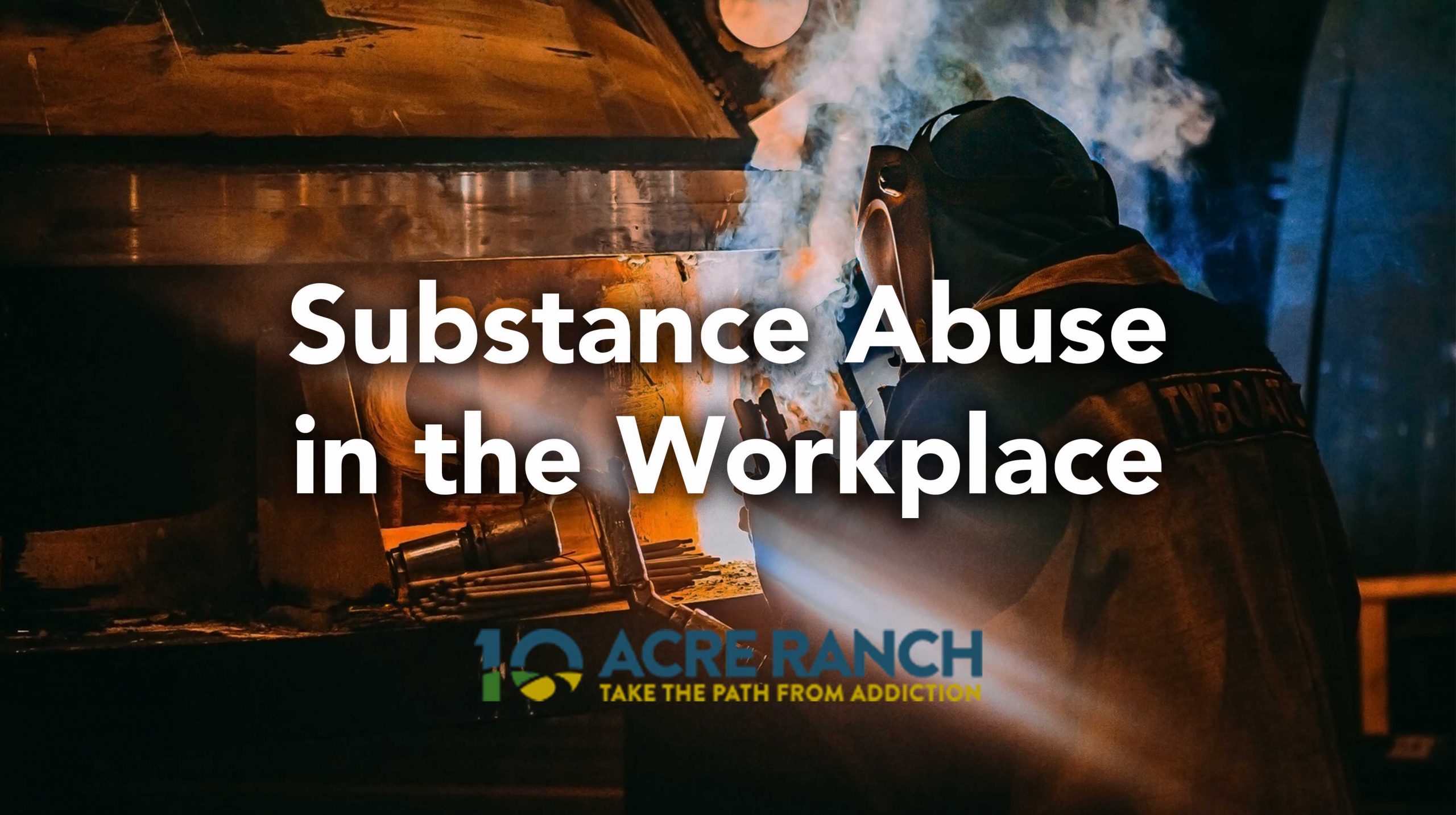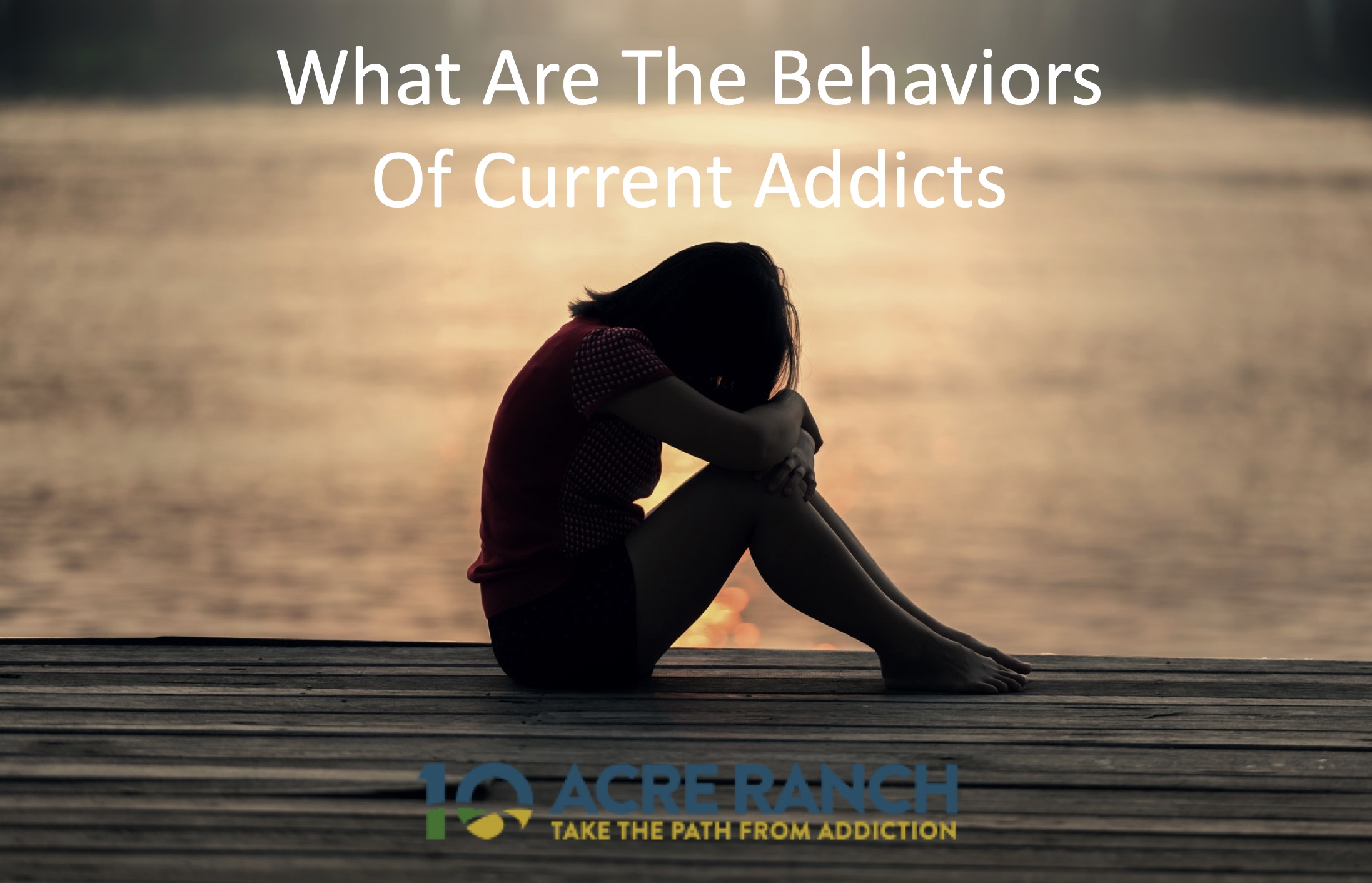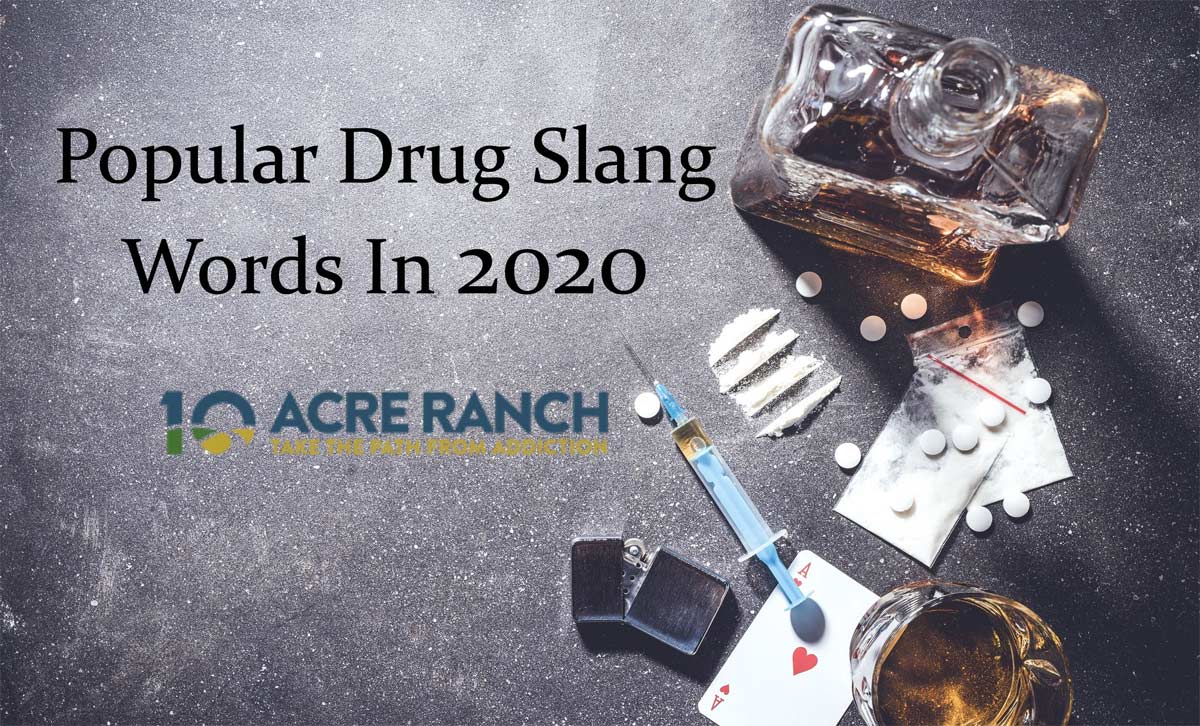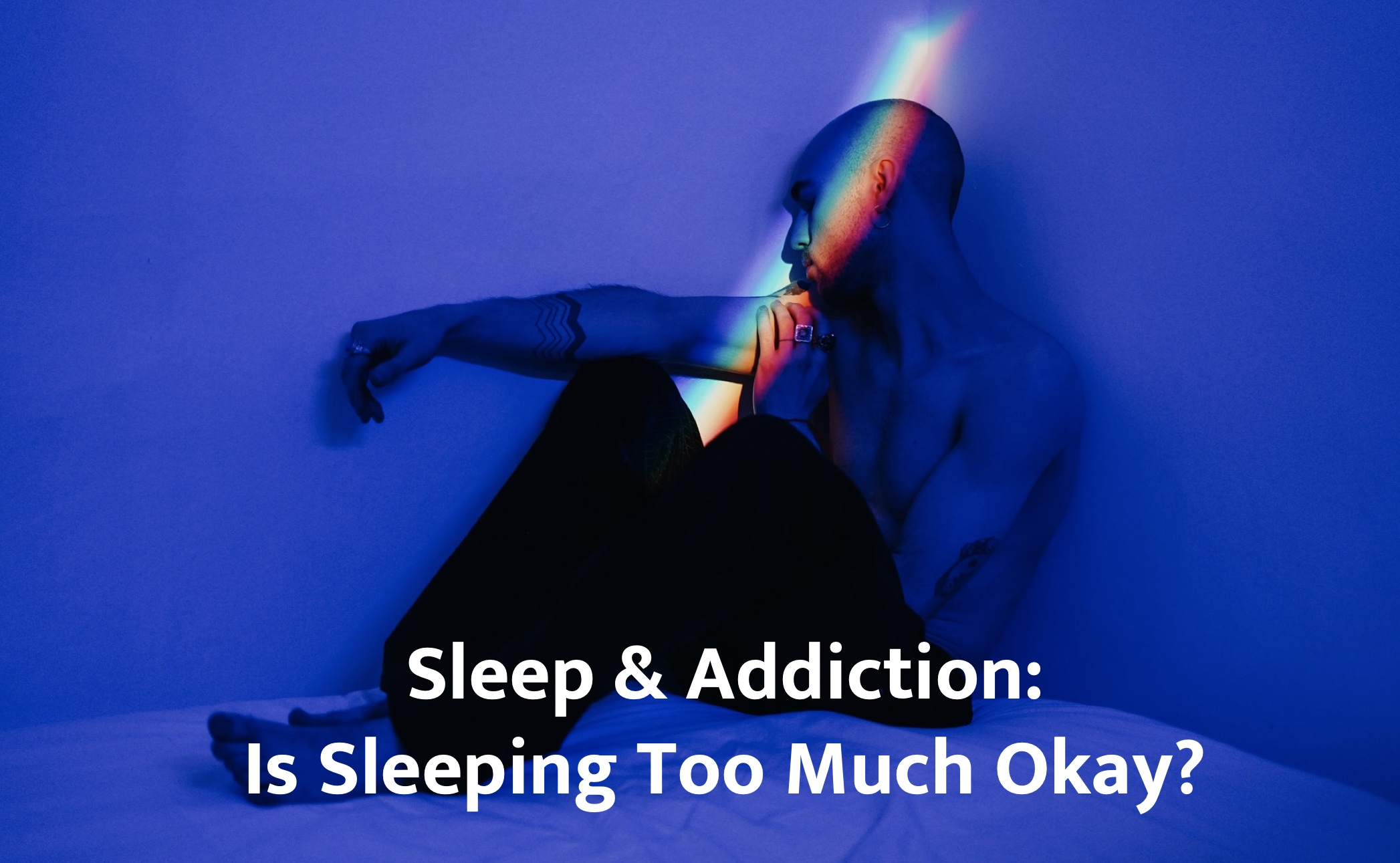instead of seeing them as another human being is causing a great harm to our society. This negative stigma often discourages …
What Are the Behaviors of Current Addicts?
This happens in several ways. One of them being that drugs and alcohol trick the brain into believing that it literally needs …
Continue Reading about What Are the Behaviors of Current Addicts?
What Are Some Popular Drug Slang Words in 2020
The reason why they use slang words for drugs is to help conceal their actual meaning from their parents, or other people who …
Continue Reading about What Are Some Popular Drug Slang Words in 2020
Sleep and Addiction: Is Sleeping Too Much Okay?
term sleep difficulties. The connection between drug use and sleep often goes both ways; substance abuse can hinder a person's …
Continue Reading about Sleep and Addiction: Is Sleeping Too Much Okay?










